(Portugese translation below / Traduçãoem português abaixo)
Donald Fraser is an Anangu Elder and community leader from Pukatja, an Aboriginal community in the northwest of South Australia, a 4-hour drive from Uluru. Donald has worked many trades in his life; sheep drover, shearer, bricklayer, builder, business owner and community manager, to name a few. Throughout his life, he has worked tirelessly to help create a better future for his people. He looks forward to the day when Pukatja becomes community controlled again, and Anangu have autonomy and self-determination over their lives.
Donald Fraser, 78 anos, ancião deAnangu, líder comunitário de Pukatja, uma comunidade aborígene nonoroeste da Austrália Meridional, a quatro horas de carro de Uluru.Donald trabalhou em diversas profissões ao longo da vida: condutorde ovelhas, tosquiador, pedreiro, construtor, empresário e gestorcomunitário, entre outras. Ao longo de sua vida, trabalhouincansavelmente para criar um futuro melhor para seu povo. Eleaguarda o dia em que Pukatja volte a ser controlada pela própriacomunidade, e os Anangu tenham autonomia e autodeterminação sobresuas vidas.
What has climate change done here?
I grew up in a drought. The worst drought you can think of. That was in the early 50s. The kangaroo that we live on went away, a long, long way. But after a while, around about the late 50s, it rained a little bit. And that was the first time we'd seen rain in my life. Then there was a little bit of green. As soon as it rained, there were kanyala and rock wallabies living in the hills. People used to go out and hunt with the spears. We never had a rifle those days.
Just after 2000, that’s when the dangers started—when the heat waves came. The heat wave was something completely different; we really noticed it. Around 2001, maybe 2002 or 2003, we started to feel the heat properly, and it was dangerous. My daughters told me there would be a heat wave tomorrow, but I didn’t understand what that meant. A heat wave is something you step outside into, and it feels like your head is cracking—like an engine overheating. That’s what happened to me, right at 9 o’clock in the morning.
I didn’t understand what was happening to me because I had worked all day, every day, in the heat. That was during the first heat wave. When I got back home to Kenmore, they had to rush me to the clinic. Anyway, that’s what happened.Now that we’ve learned, we’re always careful. I believe that today, a catastrophic heatwave could come at any time.
But before all this, we didn’t feel it. Back then, the weather was really good—beautiful rain, plenty of grass, and lots of natural flowers. But now, Buffel grass has taken over everything.
Two or three years ago, for two years in a row, the extreme heat killed everything—yuwa (yes). Normally, you’d see plenty of kangaroo tracks and other signs of life on the road. But when I went out, I saw many kangaroos lying still. They had taken shelter in the shade, but they didn’t survive—they just died there.
“Eu cresci em uma seca. A pior secaque você possa imaginar. Isso foi no início dos anos 50. Oscangurus de que dependíamos desapareceram, muito, muito longe. Masdepois, por volta do final dos anos 50, choveu um pouco. E foi aprimeira vez que vi chuva na minha vida. Então apareceu um pouco deverde. Assim que chovia, havia kanyala e rock wallabies vivendo nascolinas. As pessoas saíam para caçar com lanças. Naquela época,não tínhamos rifles.
Logo após 2000, foi quando os perigoscomeçaram — quando vieram as ondas de calor. A onda de calor eraalgo completamente diferente; realmente percebemos. Por volta de2001, talvez 2002 ou 2003, começamos a sentir o calor de verdade, eera perigoso. Minhas filhas me avisavam que haveria uma onda de calorno dia seguinte, mas eu não entendia o que isso significava. Umaonda de calor é algo em que você sai e sente sua cabeça rachando —como um motor superaquecendo. Foi o que aconteceu comigo, exatamenteàs 9 horas da manhã.
Não entendia o que estava acontecendoporque eu trabalhava o dia todo, todos os dias, sob o calor. Isso foidurante a primeira onda de calor. Quando voltei para casa em Kenmore,precisaram me levar às pressas para a clínica. Enfim, foi o queaconteceu.
Agora que aprendemos, estamos sempreatentos. Acredito que hoje uma onda de calor catastrófica podeacontecer a qualquer momento.
Antes de tudo isso, não sentíamosnada. Naquela época, o clima era realmente bom — chuva bonita,muita grama e muitas flores naturais. Mas agora, a grama Buffel tomouconta de tudo.
Dois ou três anos atrás, durante doisanos seguidos, o calor extremo matou tudo — yuwa (sim).Normalmente, você veria muitos rastros de cangurus e outros sinaisde vida na estrada. Mas quando eu saí, vi muitos cangurus imóveis.Eles se abrigaram na sombra, mas não sobreviveram — simplesmentemorreram ali.”
What do you think world leaders have to do now to stop things from getting worse and to help us adapt?
Because the government polluted the country, and now—you might have heard about carbon—what used to be called a carbon tax has been renamed carbon credit. They want Anangu to leave the land untouched so that the bush can grow more, helping to cool the country and improve air quality. In the end, they realized the consequences of their actions. But before, worry wiya (no worries)—we just didn’t think about it. Today, though, it’s a real concern. That’s why the humidity never used to be like this. The breeze was refreshing back then, but now you can feel the heat both inside and outside the house.



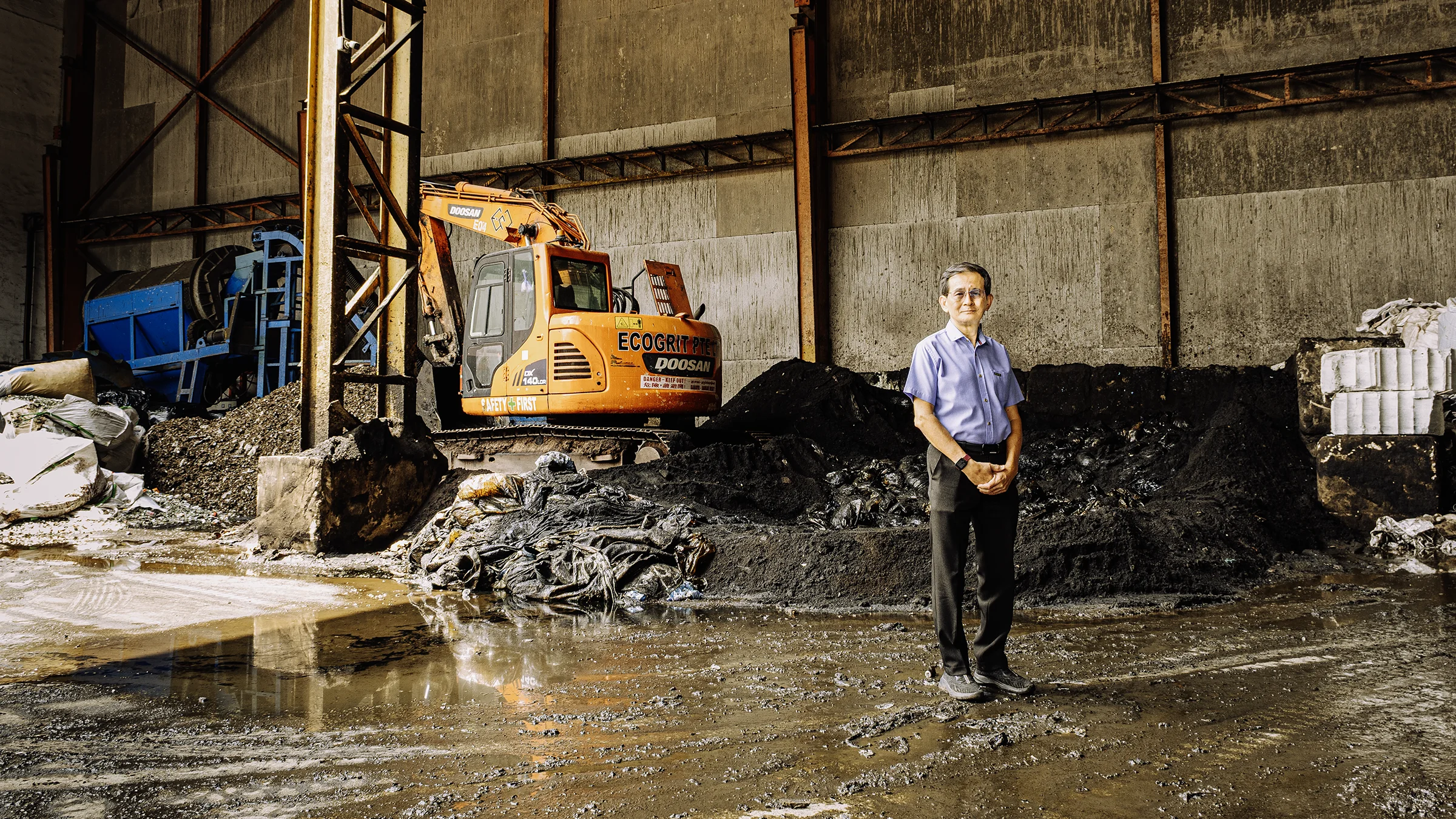
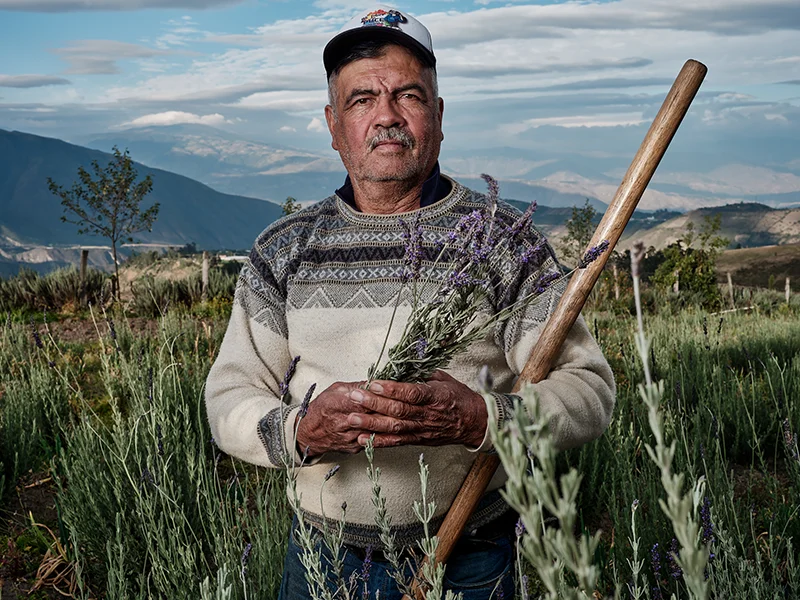
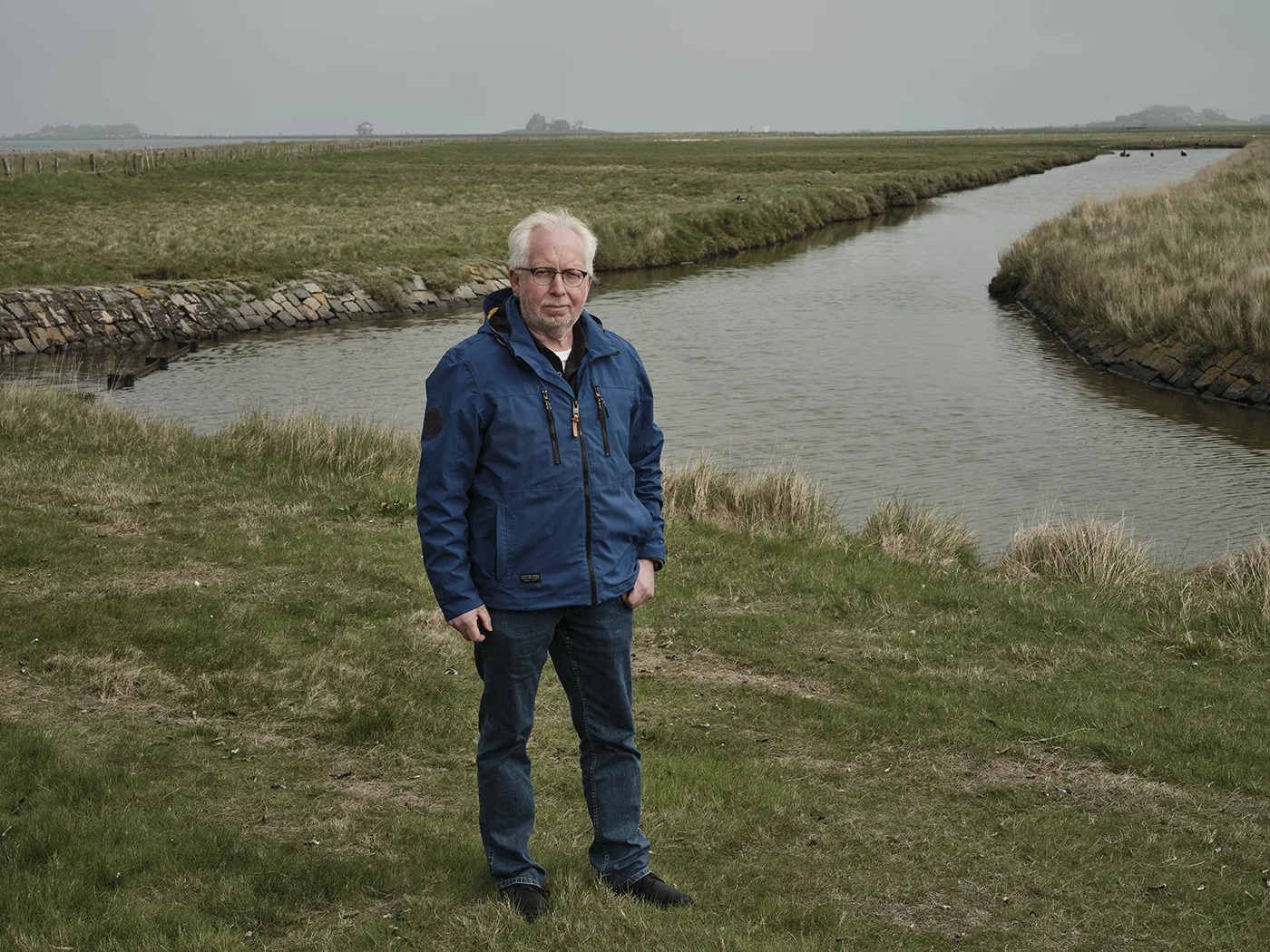
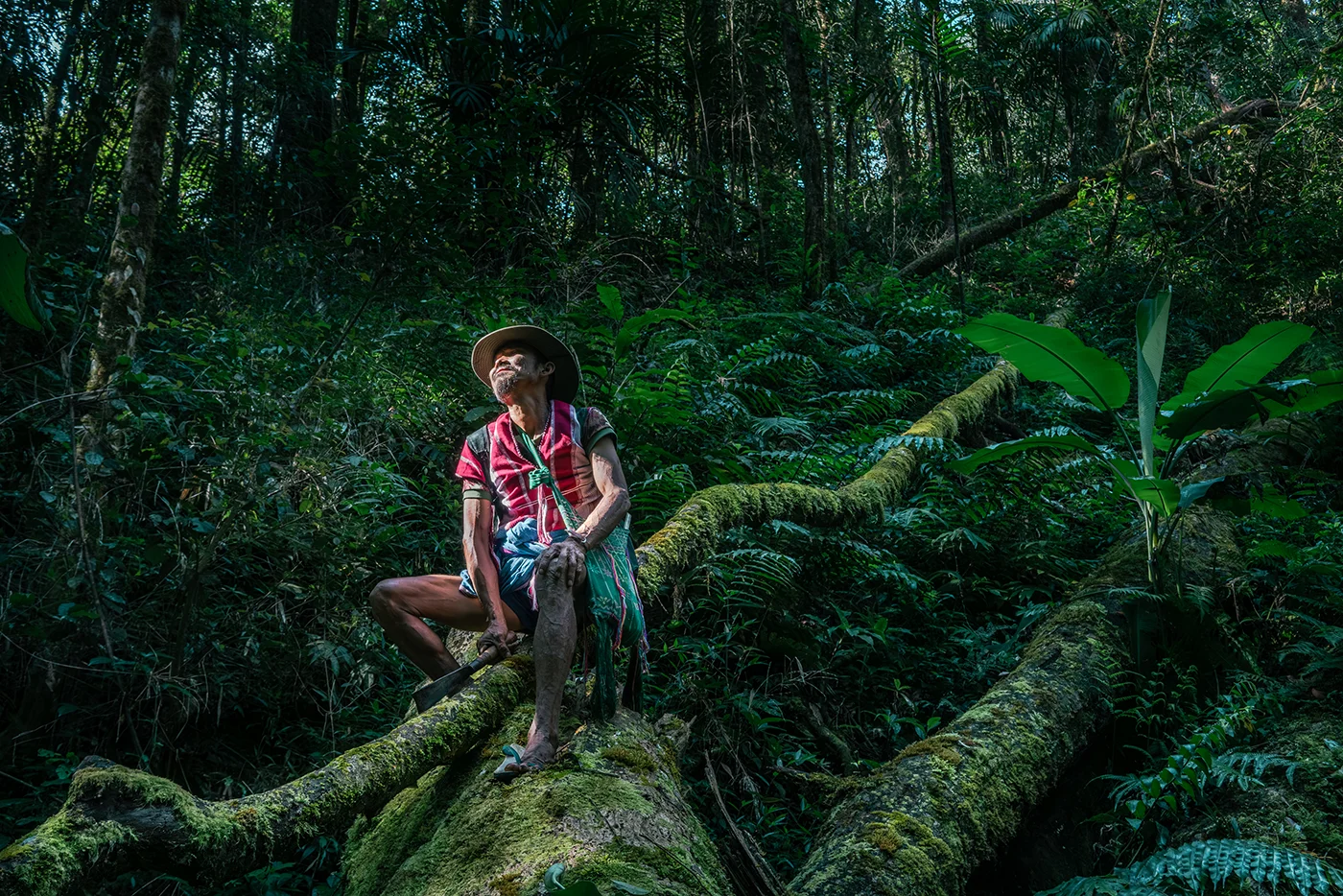
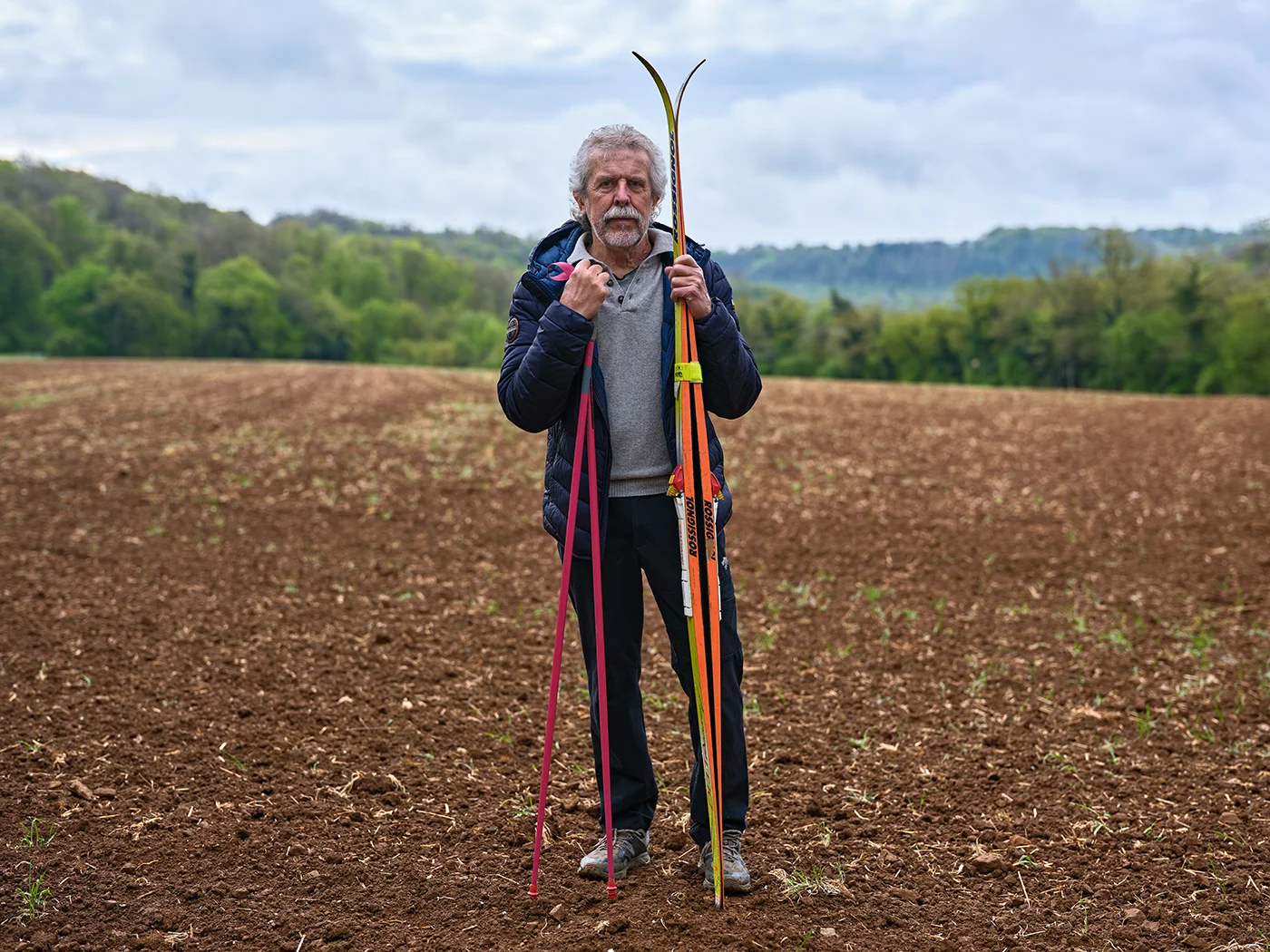





































.svg)


